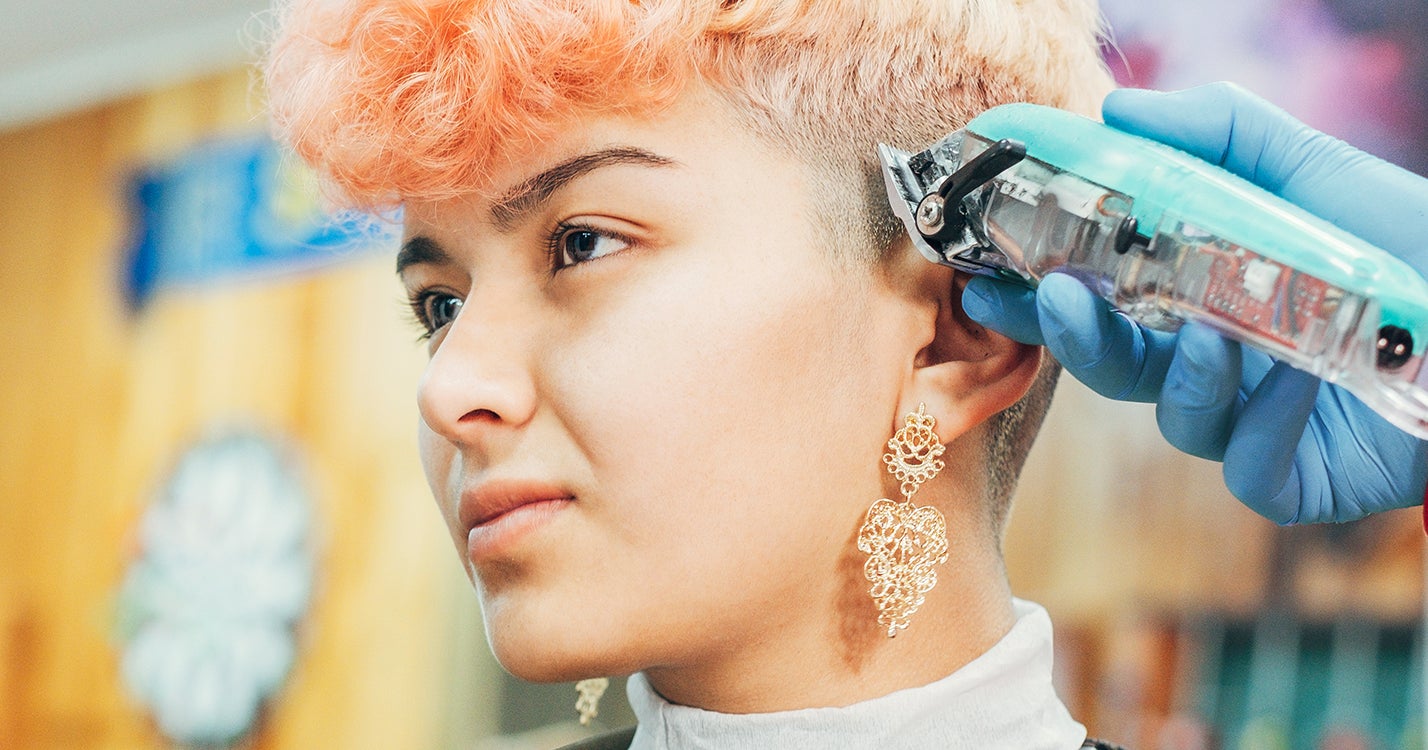Lille Allen
This became abundantly clear to me several months ago. About halfway through my salmon’s cooking time, I heard the fan on my cheap Dash air fryer completely give out. When I opened the machine, the fish was nowhere near done, and it was clear that the air fryer’s heating element was struggling. Unable to find any documentation of a warranty or even remember where I’d bought it, I chucked the busted air fryer into the trash and pulled up the Amazon app on my phone to search for a new one.
I did not like what I saw. The first results on Amazon returned a slew of nearly identical air fryers in two categories: pod-shaped machines in black, red, or grey plastic, or enormous toaster-oven-shaped varieties available in stainless steel. There were also dozens of air fryer brands — Ninja, Instant, Cosori, Dash, Nuwave, Breville, Phillips, Toshiba, and Hamilton Beach among them — all with varying reviews on their performance. And because this was an appliance that would sit out on the counter at all times, I wanted to find something that fit both the dimensions and the aesthetic of my small apartment kitchen. As such, the hunt continued.
My scrolling stopped, though, when I came across the Fritaire, which looks like no other air fryer I’d seen before. Instead of a metal basket, Fritaire’s egg-shaped air fryer employs a glass bowl to hold the food, which the brand claims makes it easier to clean and helps users avoid the chemicals inherent to the nonstick coatings on most air fryers. It’s also “self-cleaning,” meaning that users can dump soapy water directly into the bowl and allow the machine’s fan to swirl it around with air before tossing the water and wiping it clean. Aesthetically, it boasts a little bit of an Atomic Era, Jetsons-esque vibe, and is available in a range of colors, from classic black to newer offerings like mauve and lavender.
When she began thinking about what her brand’s air fryer would look like, Our Place CEO Shiza Shahid immediately eschewed the pod-shaped design. “The typical air fryer design is really bulky and hyper-specific,” she says. “[This design] is just so much more useful. It allowed us to make the Wonder Oven not just an air fryer, but also an oven you can bake in. It’s also a toaster. You can do so much more in it, it’s a more versatile and approachable design. And, of course, the cherry on top of the cake is that it looks good.”
Because Shahid’s company employs an in-house design team, it allowed Our Place to develop a design that was truly distinct. “The way most kitchenware brands design products is that they purchase it from factories who’ve already done that work. It’s very rare for a company to have their own in-house product design team,” Shahid says. “It’s not just in air fryers, it’s across the board. Every frying pan looks the same, every toaster looks the same. It’s a category that has lacked innovation for a long time, both in form and in materials.”
There might be a reason for that lack of innovation beyond manufacturing efficiency. Perhaps, the pod-shaped air fryer is the superior design, and that’s why so many brands have gone with it. I decided to put that theory to the test by requesting three different air fryers from their manufacturers and evaluating them on their performance: the Our Place Wonder Oven, the Fritaire, and a basic Toshiba pod-shaped model. My plan was to air fry chicken nuggets, bake a cookie or two, and roast half-bags of frozen broccoli in each appliance. I assumed — and feared — that the bulky pod machine would produce the most even cooking.















